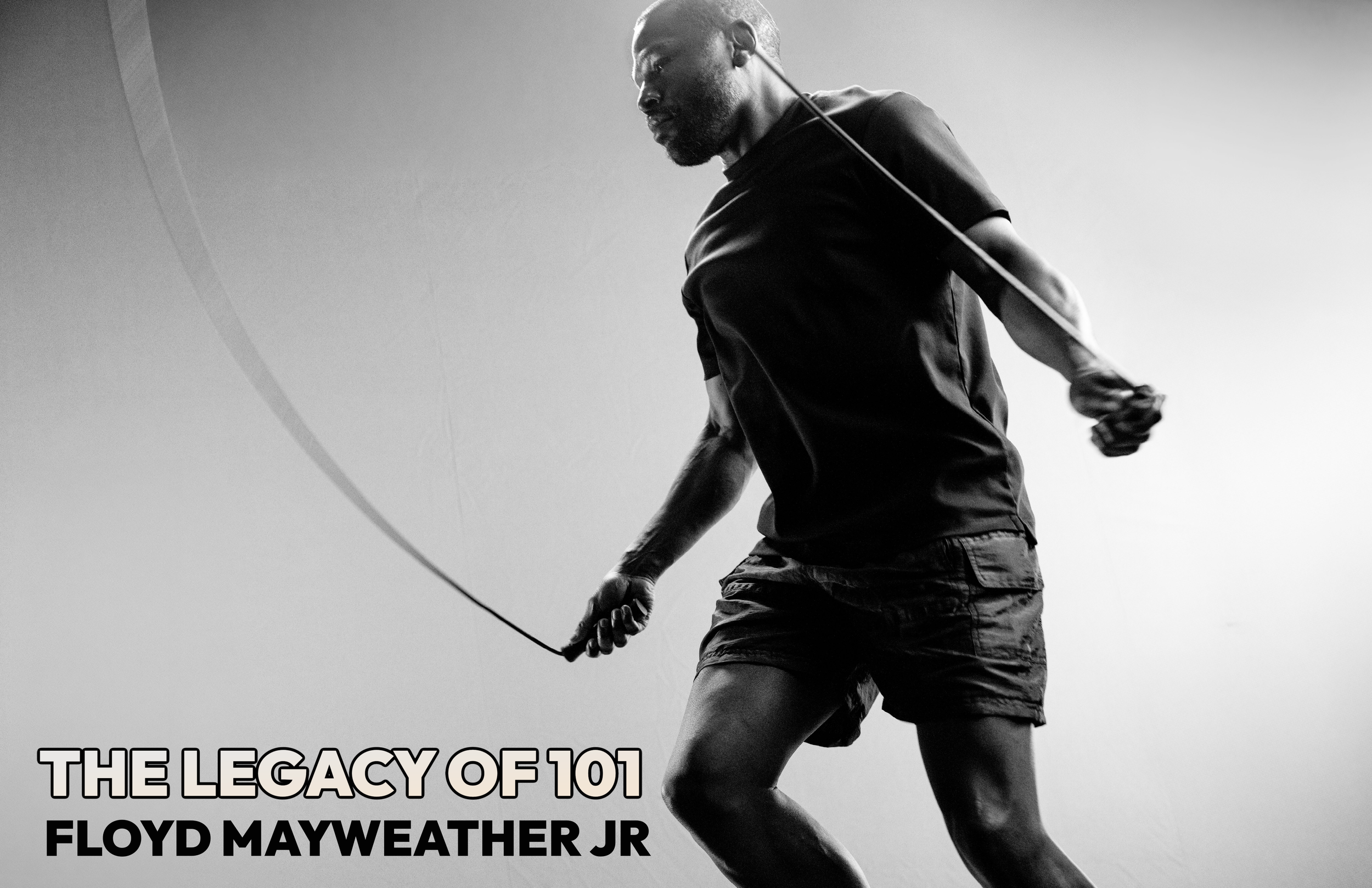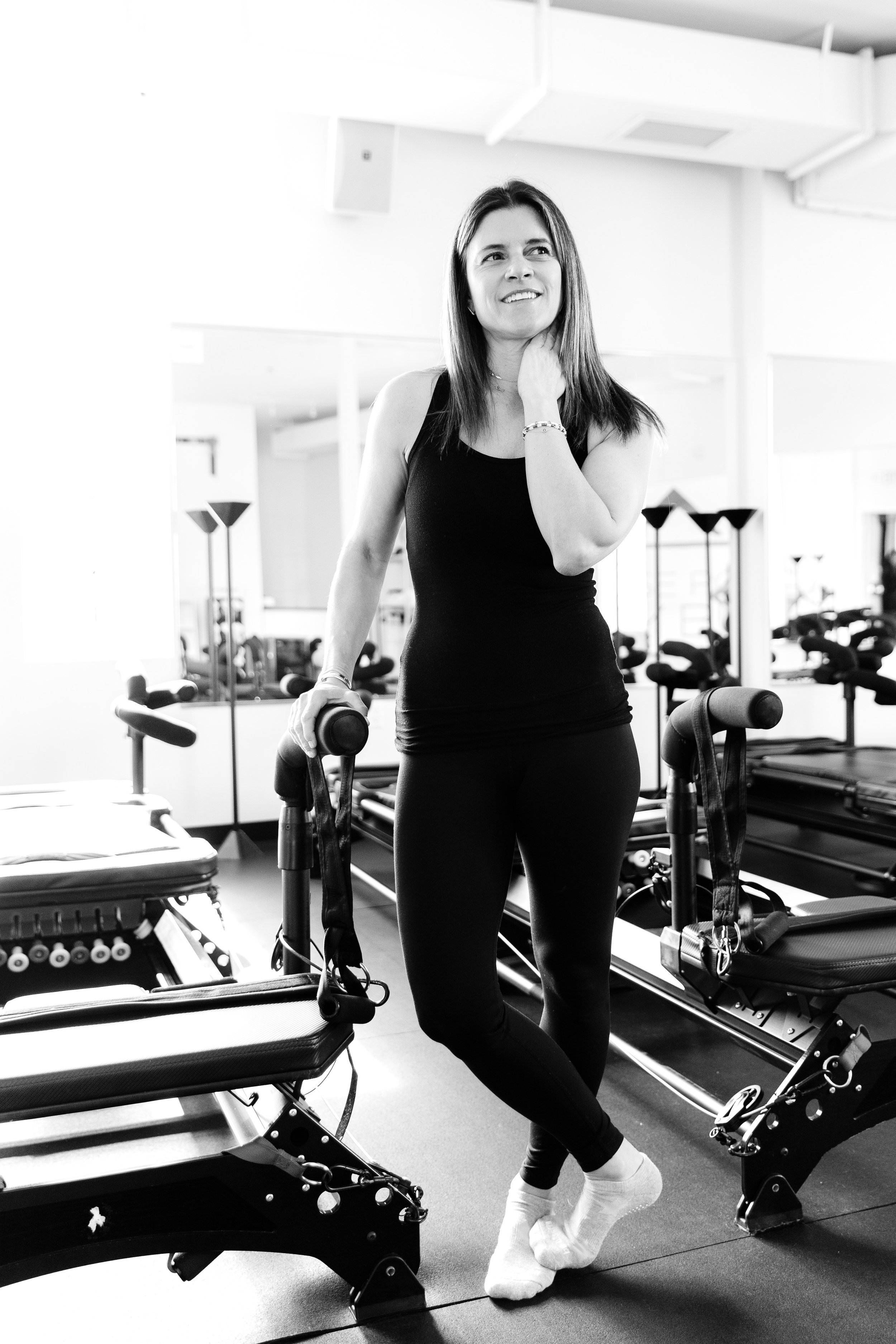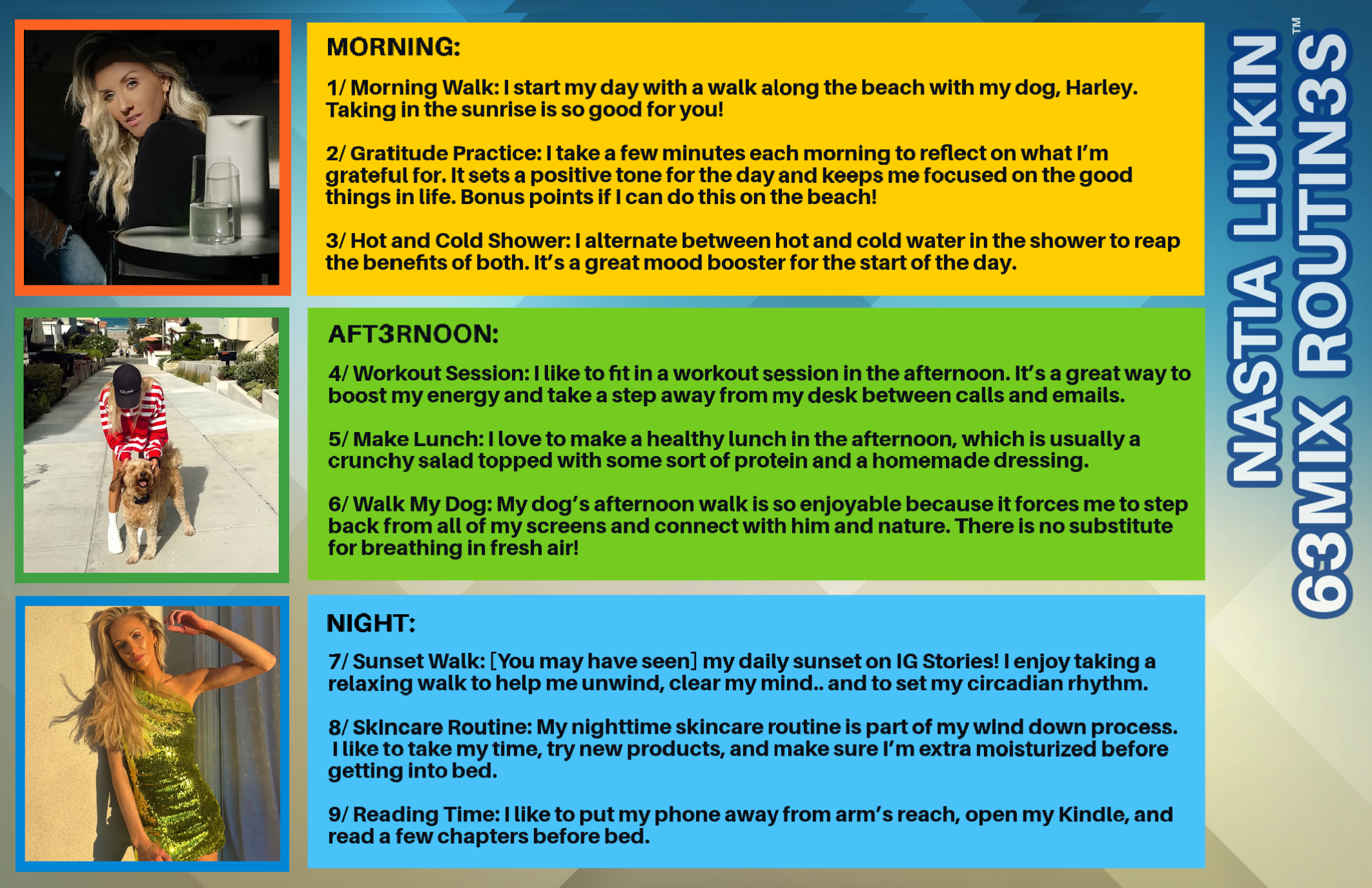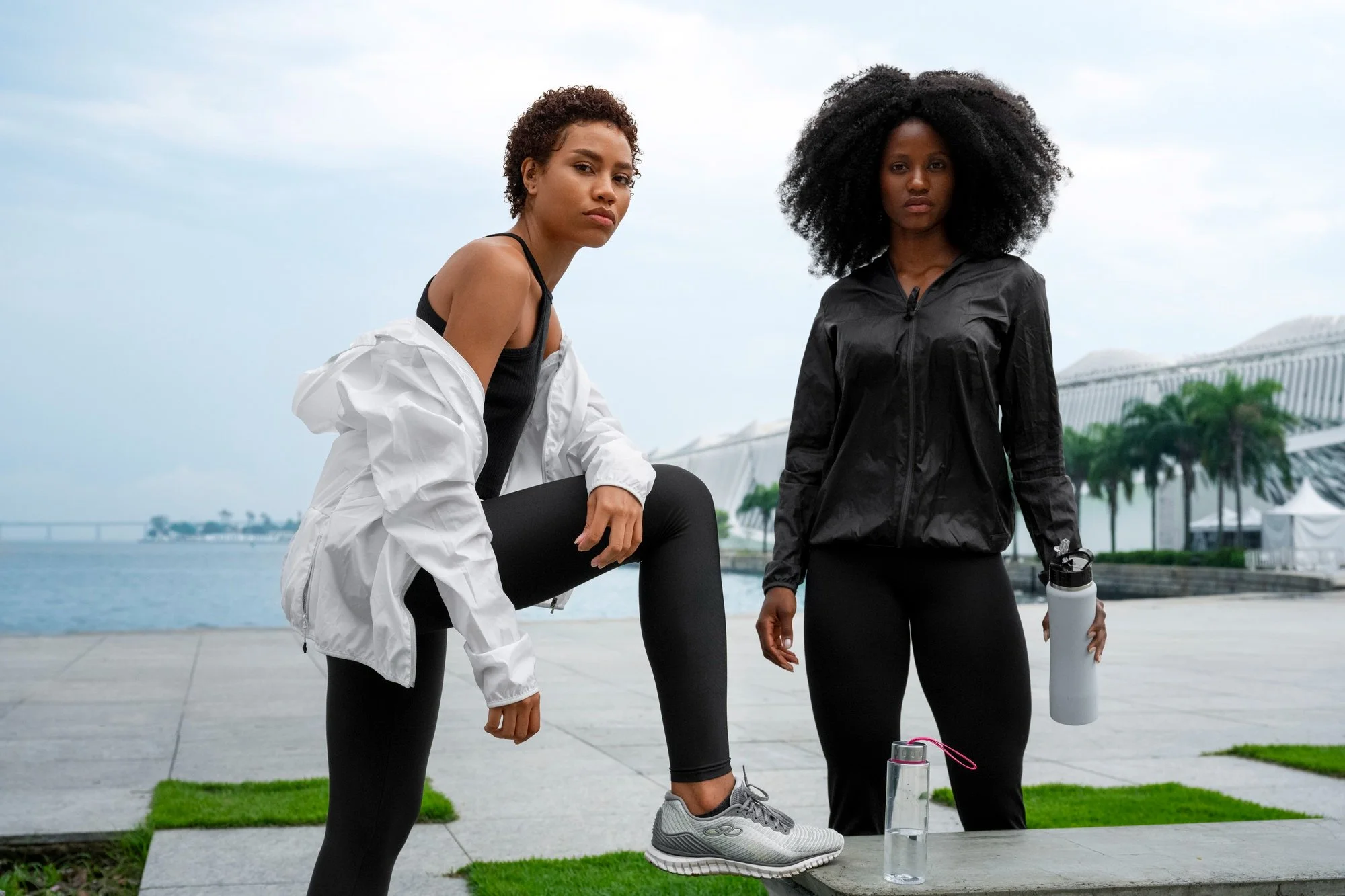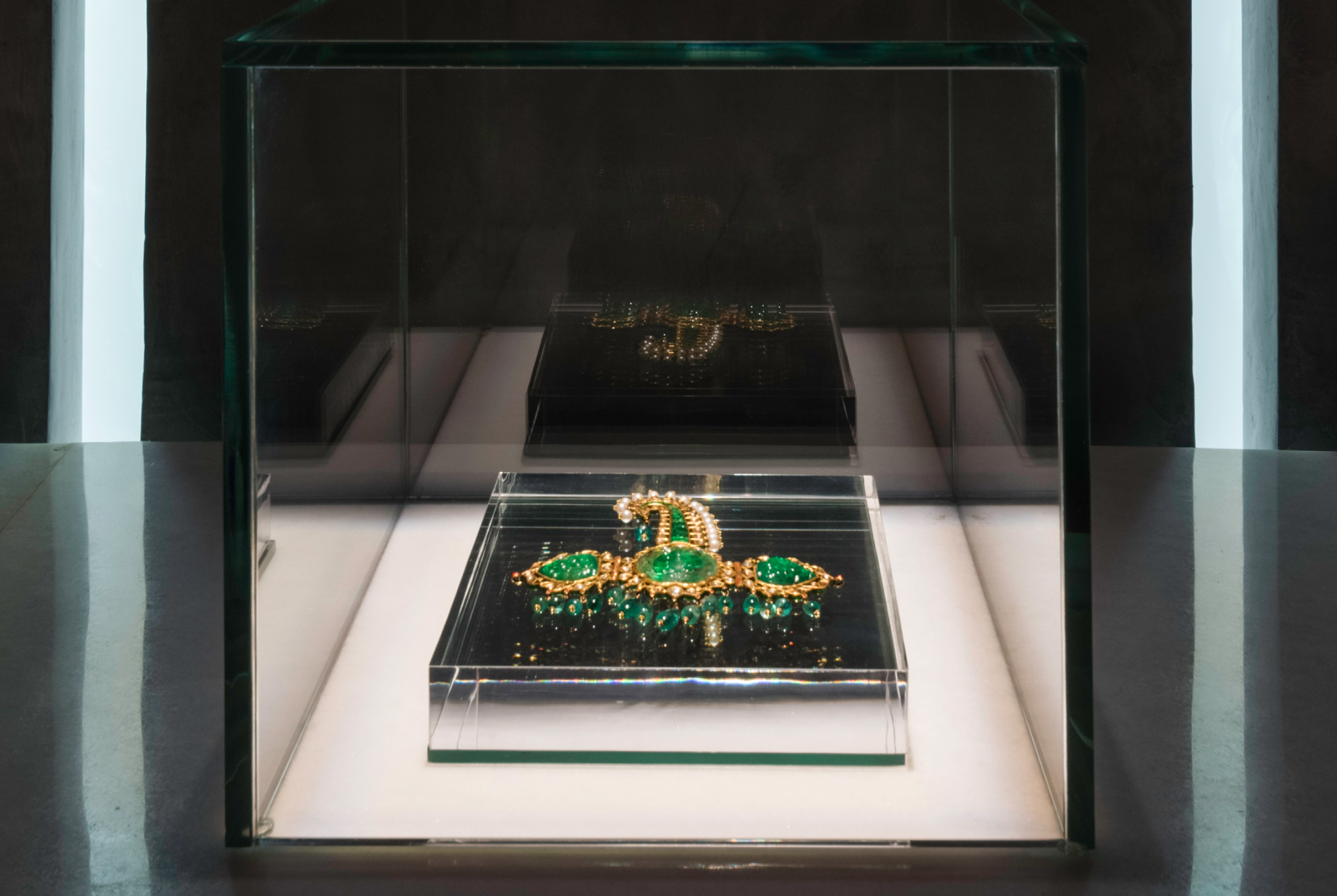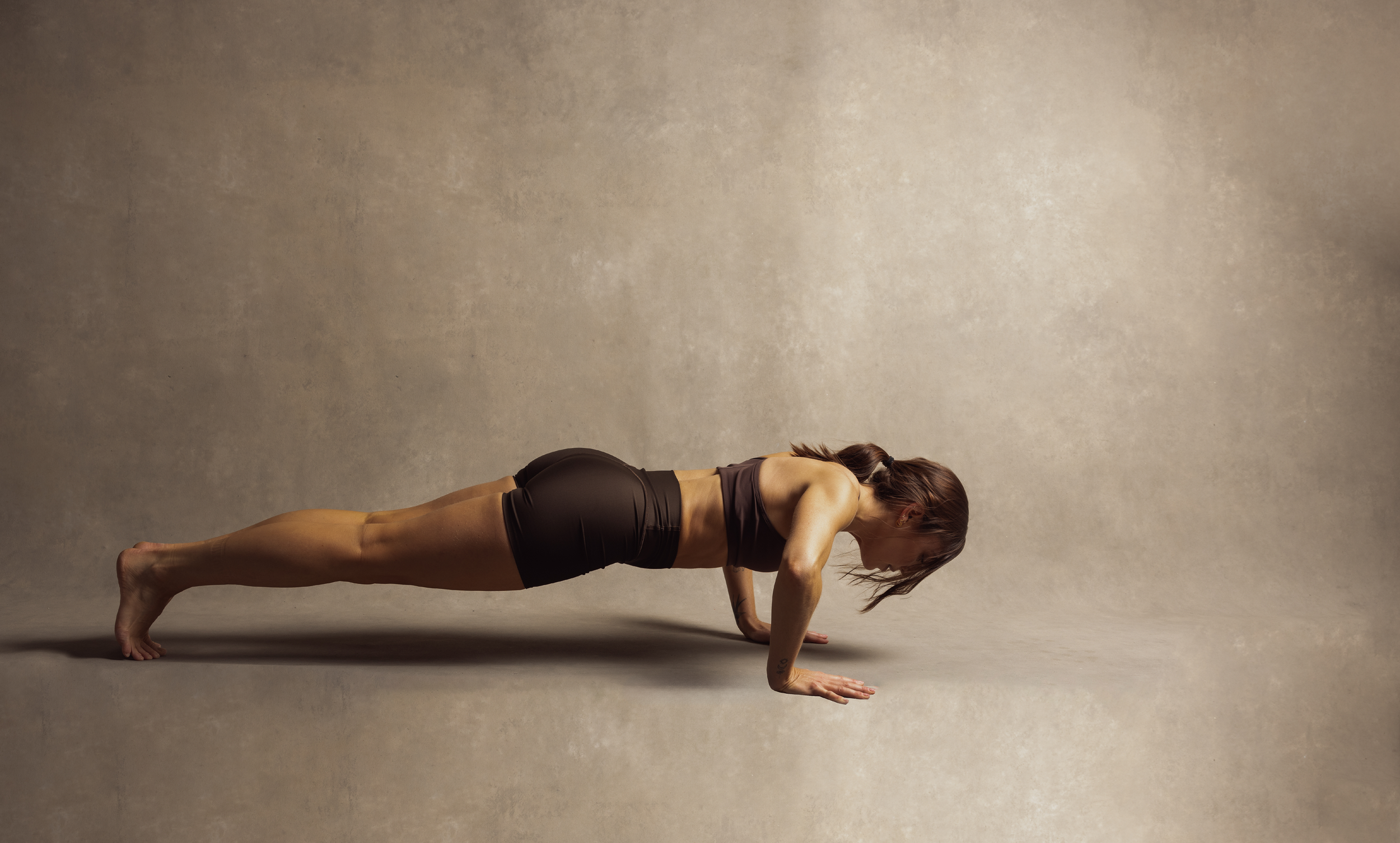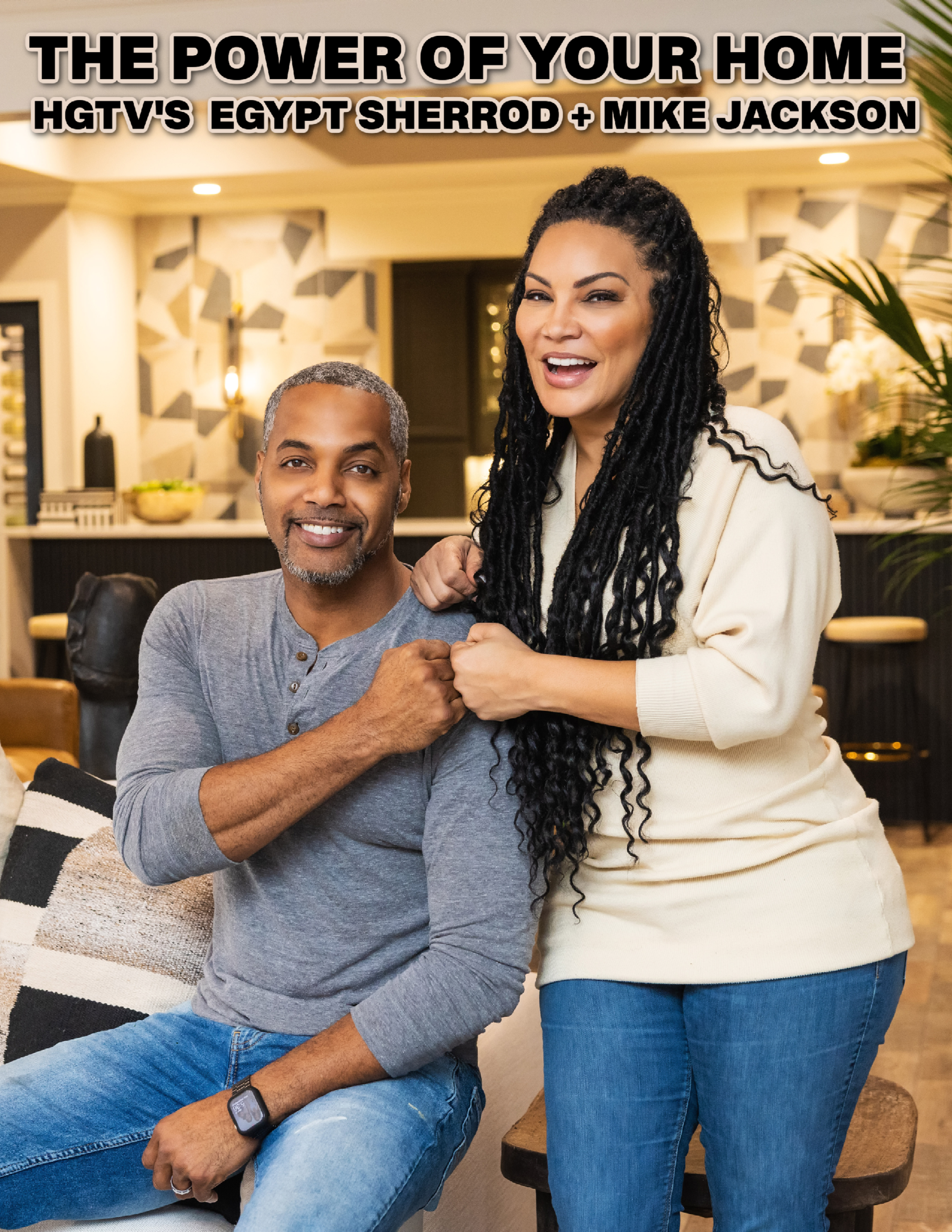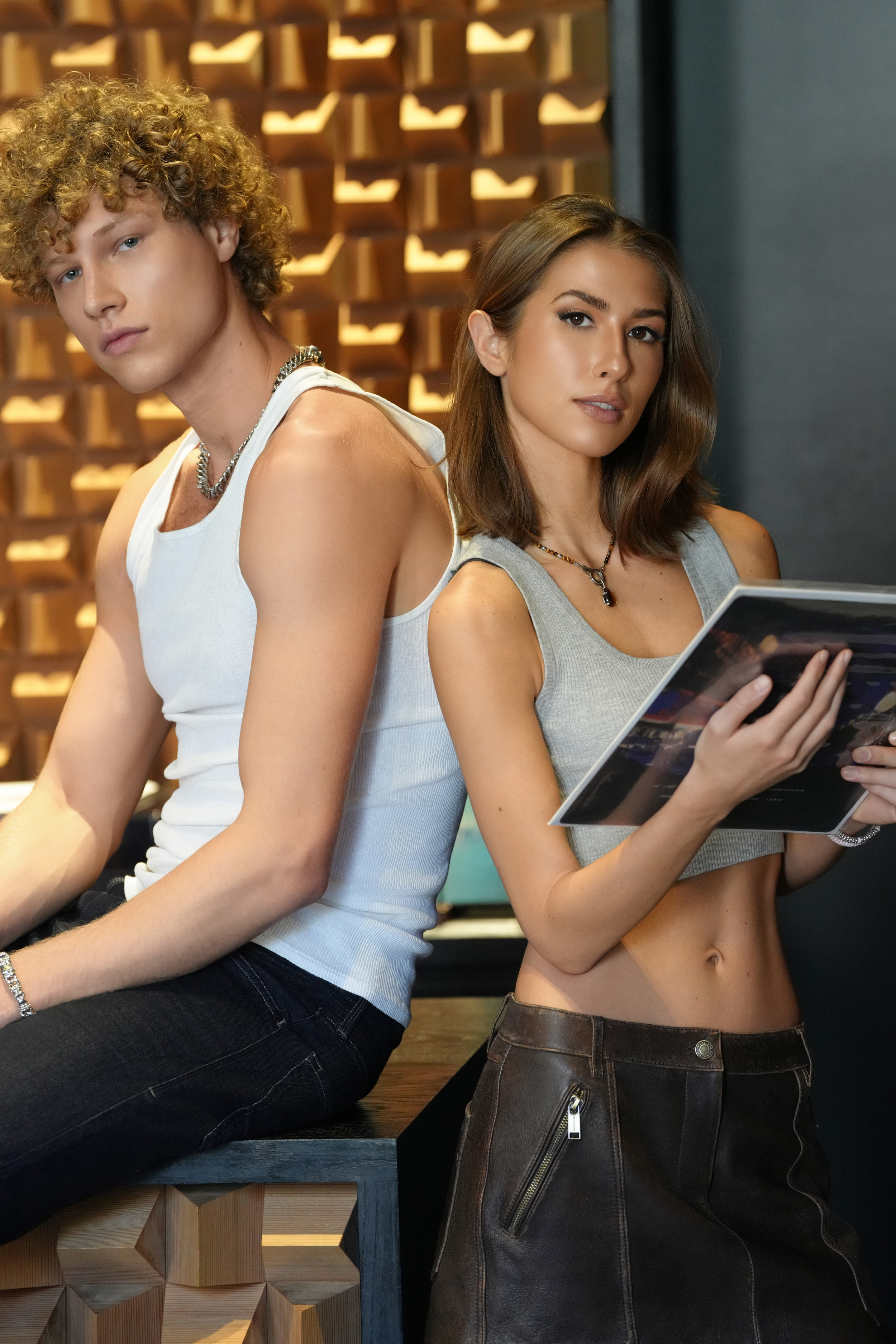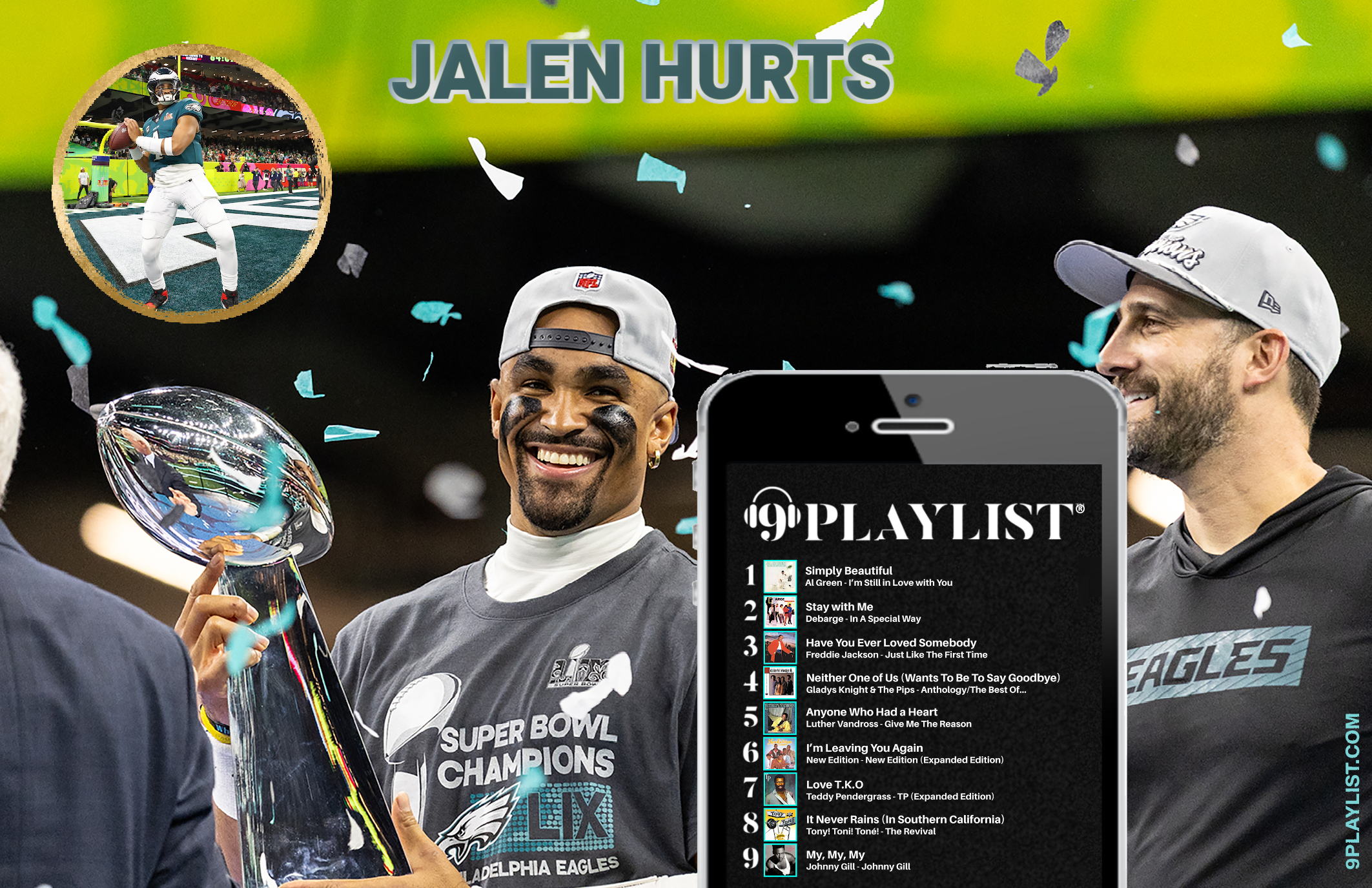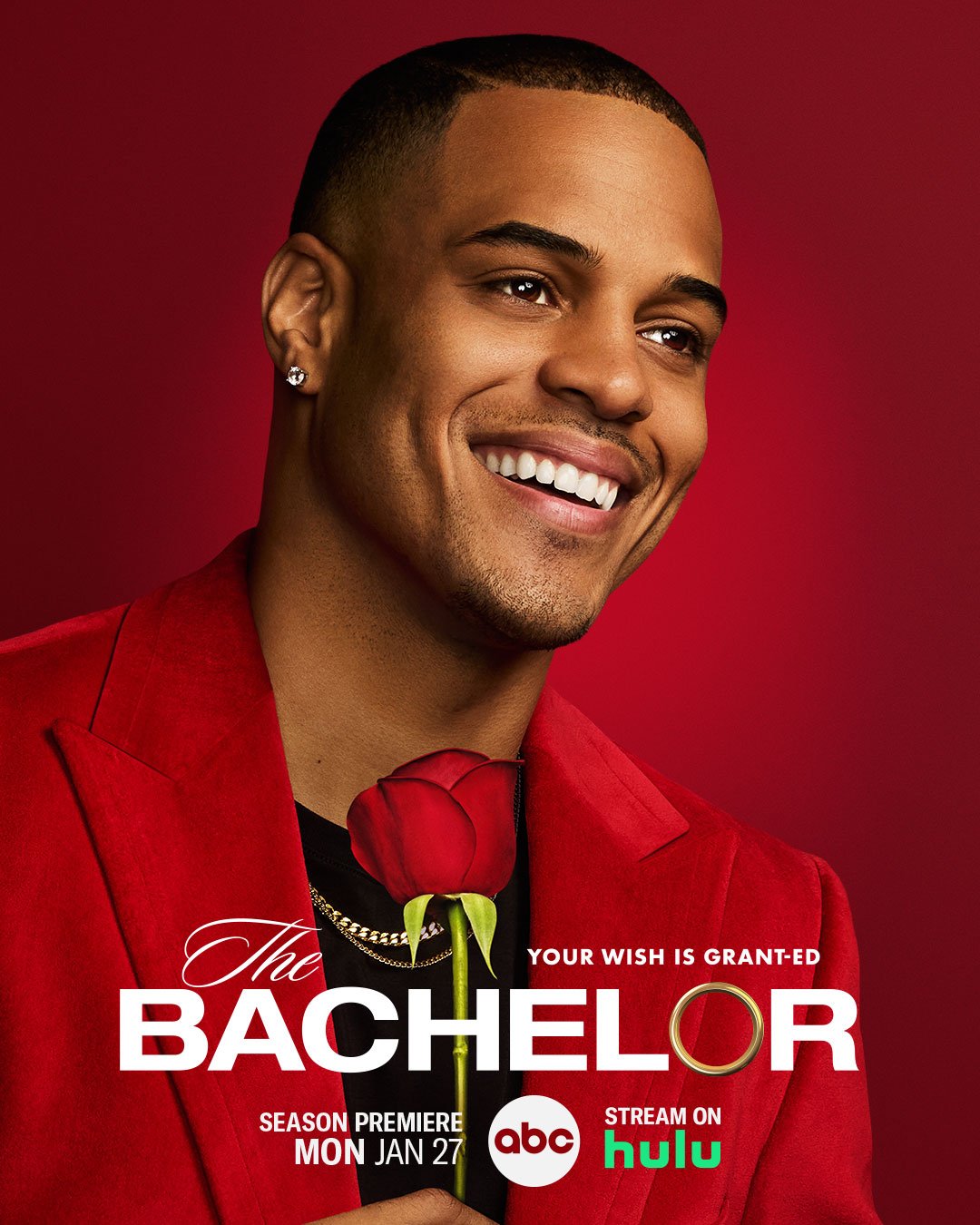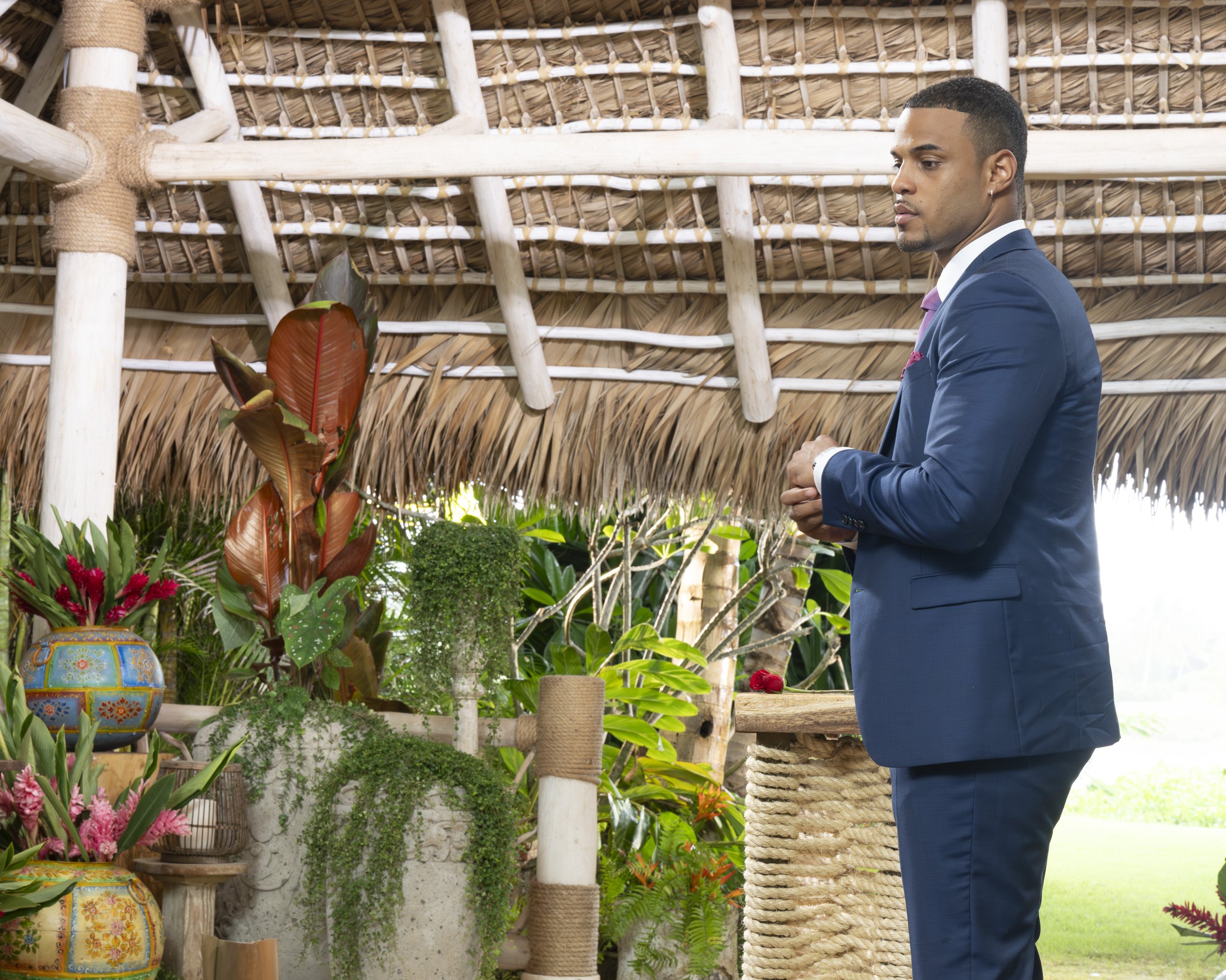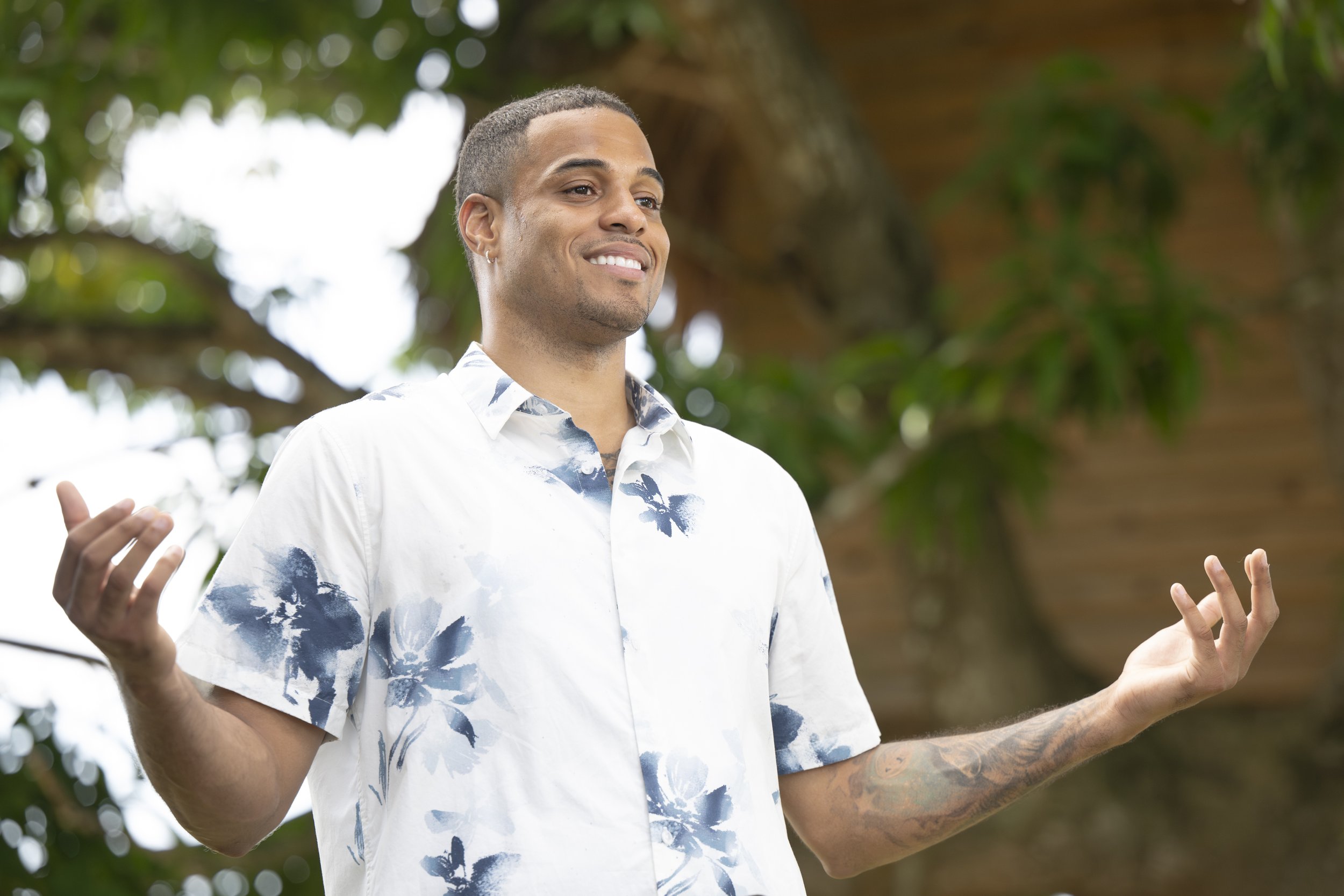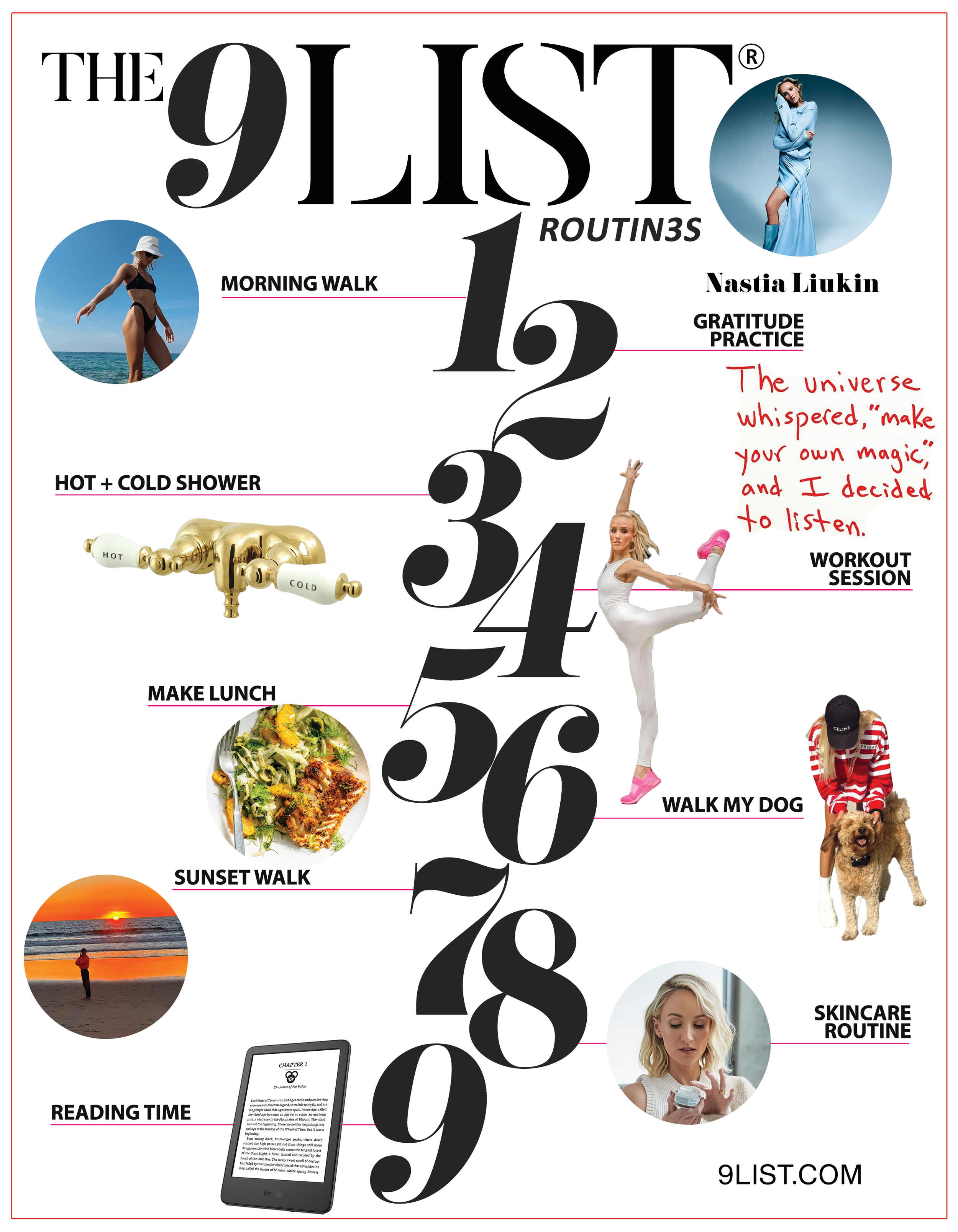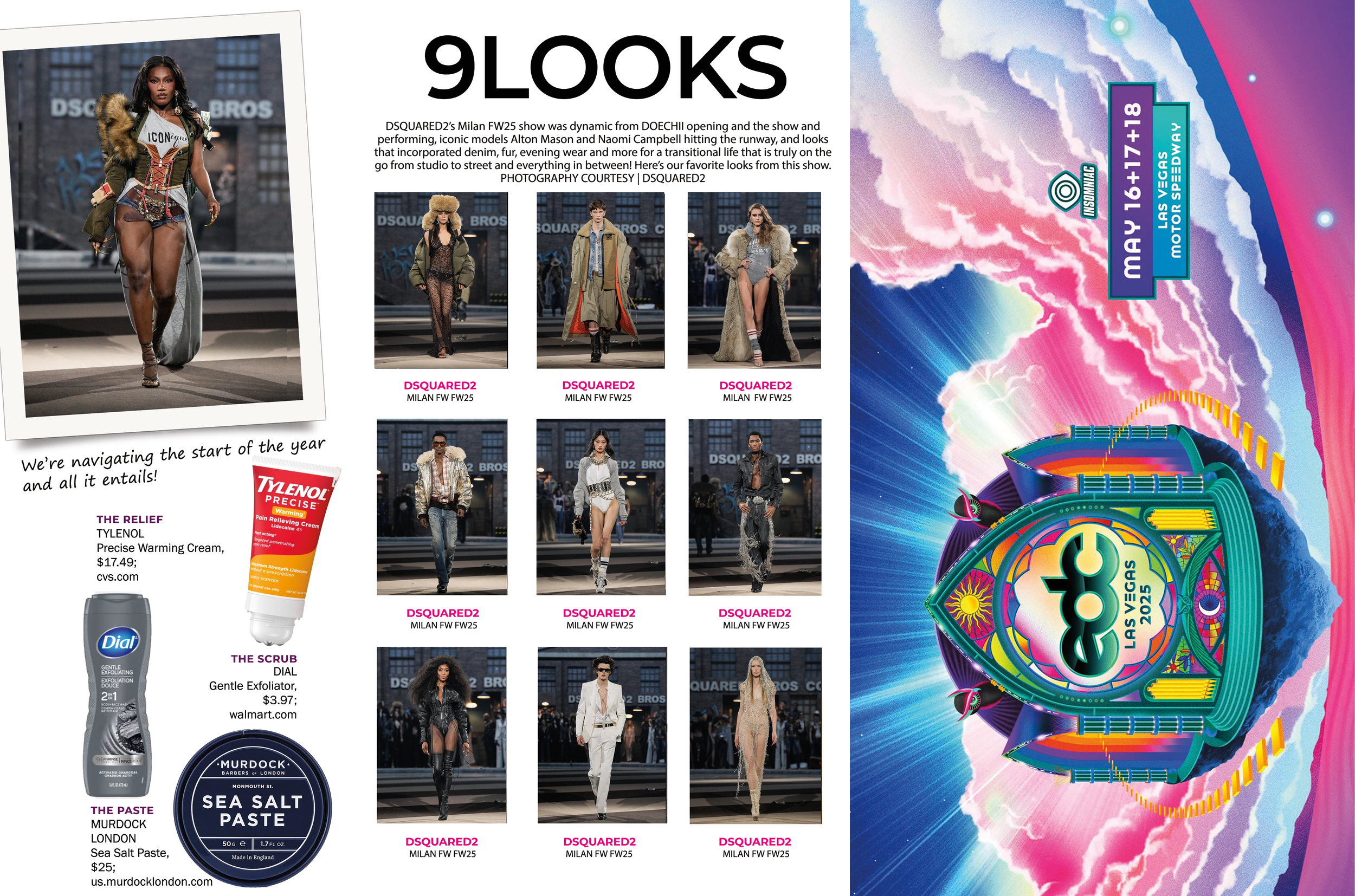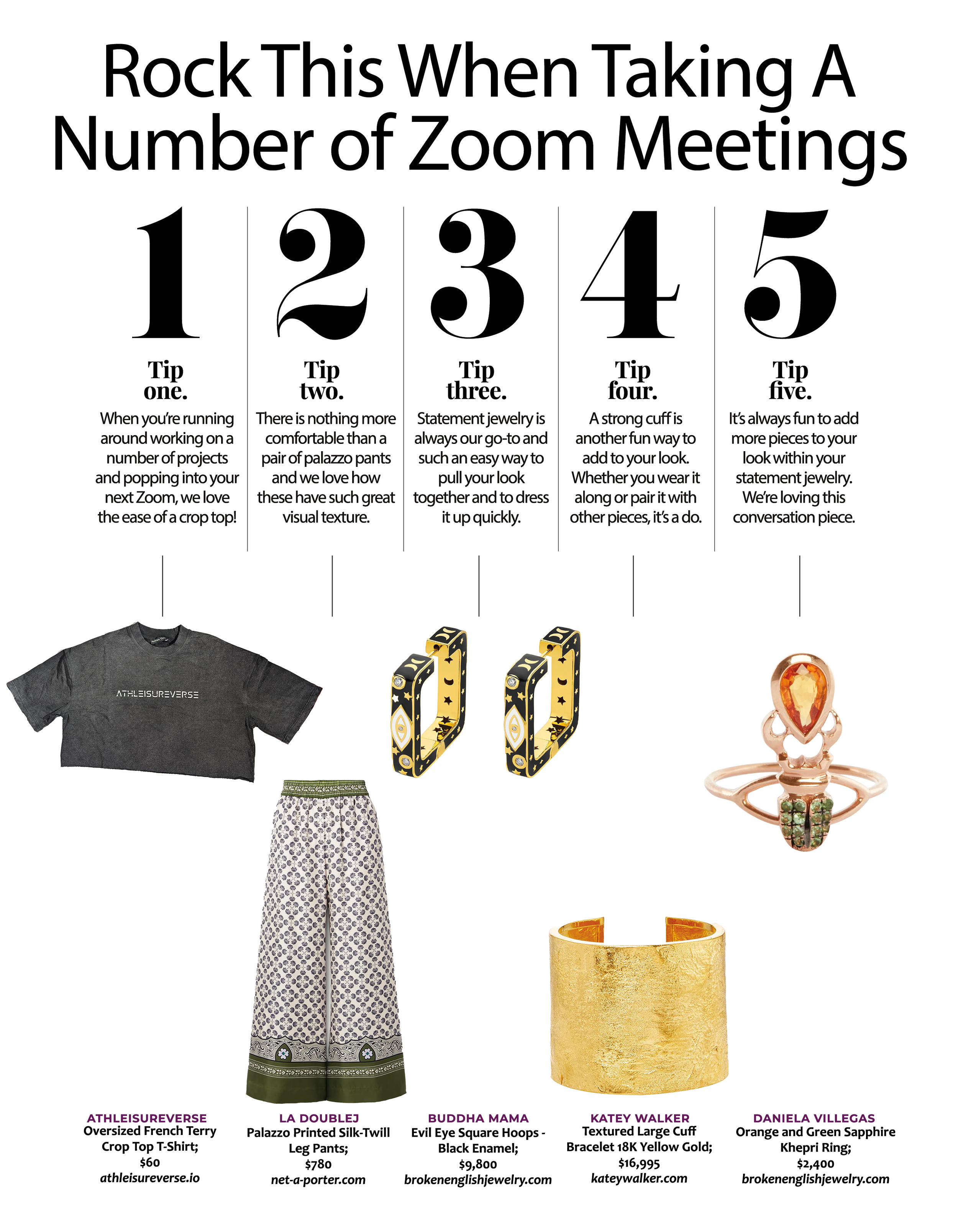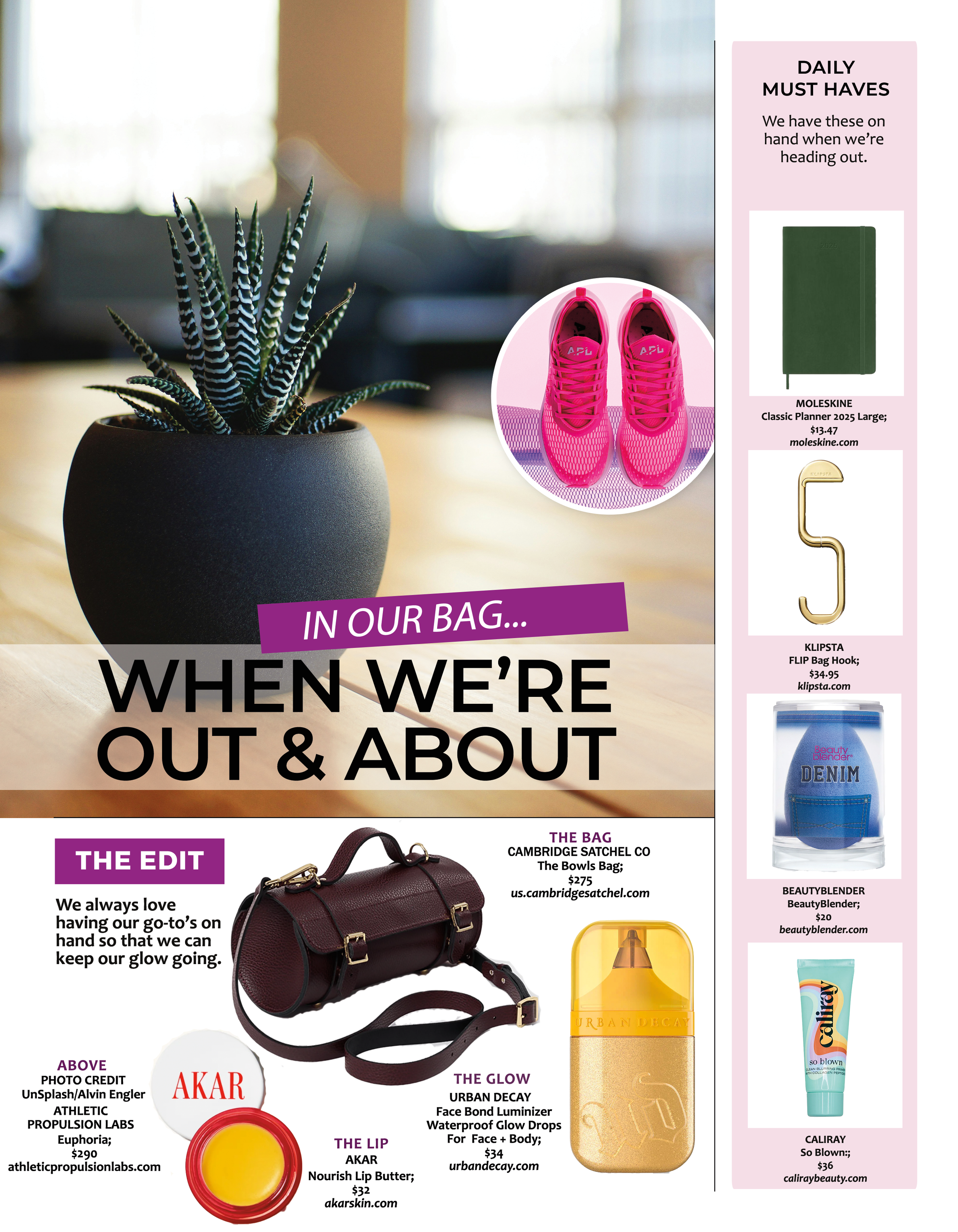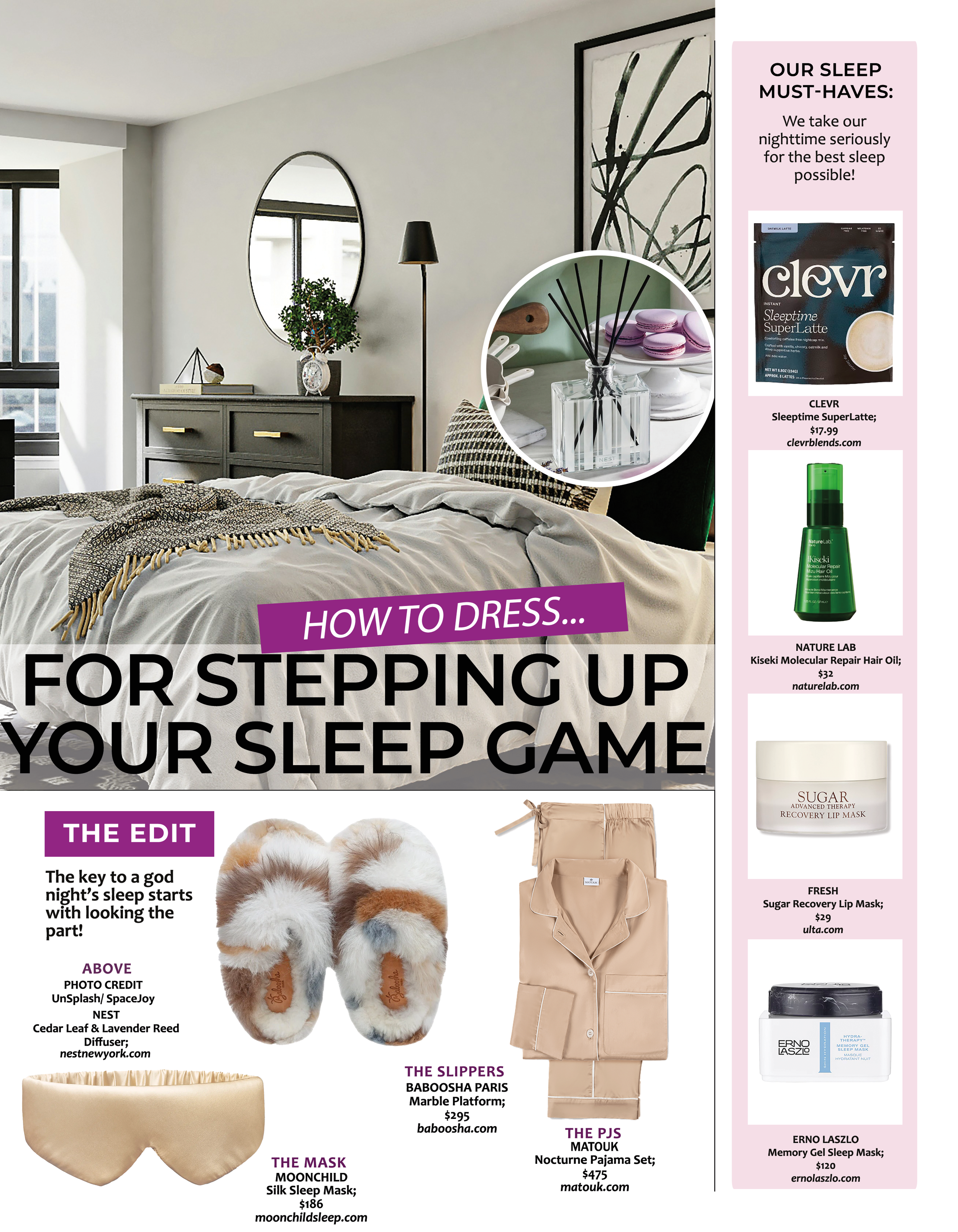1. Why the Right Athleisure Wear Matters for Calisthenics
Okay, so why can't you just wear, like, anything? Good question. Calisthenics demands a lot, and your clothing needs to keep up. This is beyond mere comfort. This is about optimizing your whole workout.
First, mobility and flexibility. Pull-ups, muscle-ups, handstands, oh my! All of these require a full range of motion, and restrictive clothing is a major buzzkill. You need to be able to extend, twist, contort without your clothes holding you back. Stiff, unyielding fabrics? A big ol' no. The right athleisure gear will provide for that essential freedom. You need to feel free.
Next, sweat. Bodyweight training? It gets intense. You're pushing your limits, and that means you're going to sweat. Profusely. Imagine doing a set of burpees in a cotton t-shirt. Yeah, I just cringed too. Moisture-wicking and breathable fabrics are essential. They pull sweat away from your skin, keeping you cool and dry, and preventing that dreaded chafing. Plus, those materials usually keep you from smelling too funky post-workout, and that's a definite win. Nobody wants to be that person at the juice bar.
Durability. Calisthenics is tough on your clothes. Friction, stretches, repetitive motion…your gear needs to withstand the punishment. Cheap fabrics will tear, seams will rip, and colors will fade. Investing in high-quality athleisure wear is an investment in your training. You want gear that can handle those grueling sessions, time after time. My personal experience is that it's worth it. The price tag is high at first, but the durability of good athleisure gear is worth it in the long run.
And, arguably, most important, confidence and style. Let's be real: when you look good, you feel good. And when you feel good, you crush your workouts. Stylish, well-fitted athleisure enhances motivation and confidence. It's not just about vanity, it's about creating the right mindset. When you're rocking a killer outfit, you're ready to take on any challenge. For real. Plus, athleisure wear lets you rep the community; brands like GORNATION and RHSM build communities around their looks, which is pretty sweet.
2. Key Features to Look for in Calisthenics Athleisure Wear
So, what are the must-have features in your calisthenics wardrobe? Let's break it down.
Fabric choices are key. It all starts with the fabric. Moisture-wicking and breathable materials are non-negotiable. Polyester blends and spandex are your best friends. Polyester is durable and wicks away moisture. Spandex provides the stretch you need for unrestricted movement. Some brands even use recycled materials, which is a bonus for the environmentally conscious. Natural fibers like merino wool can also be great, especially for cooler weather, but can sometimes lack the durability needed.
Fit and stretch are next up. Loose-fitting vs. compression? This is a personal preference thing. Loose-fitting gear allows for maximum airflow, but it can sometimes get in the way. Compression gear provides support and reduces muscle fatigue, but it can feel restrictive to some. It depends on the movement type, and how it feels to you. For upper body movements? Compression shirts can feel great. For lower body? Maybe a looser fit is preferable. Experiment and find what works best for you.
Seamless construction and stitching. This is a game-changer for comfort. Seamless construction eliminates chafing and irritation. High-quality stitching ensures durability. Look for flatlock seams, which lie flat against your skin and prevent rubbing. It’s a small detail, but it makes a huge difference in the long run. I can't stress that enough.
Sweat and odor control is important. Nobody likes smelling like a locker room. Anti-odor and antibacterial technology is a must. Look for fabrics that are treated with antimicrobial agents. These agents inhibit the growth of bacteria that cause odor. Some brands even use natural solutions like silver ions.
Layering for outdoor workouts is great if you are someone who likes to workout outdoors. Training in various climates? Layering is key. You need to be able to adapt to changing conditions. A lightweight base layer, an insulating mid-layer, and a weather-resistant outer layer will provide for maximum versatility. Hoodies are also great for adding warmth and protection. And the weather is getting wacky, so this is key.
3. Best Athleisure Wear for Different Calisthenics Movements
Okay, so we know what to look for. Now, let's talk about what to wear for specific movements.
For upper body movements (pull-ups, dips, push-ups), you want freedom of movement. Compression shirts or fitted tops are ideal. They provide support without restricting your range of motion. Sleeveless options are great for maximizing your reach. Avoid anything too baggy, as it can get in the way. Look for tops that stay in place, even when you're upside down.
Lower body movements (squats, pistol squats, lunges) require flexibility and support. Shorts, joggers, or leggings? Again, it's a matter of personal preference. Shorts allow for maximum airflow, but they don't provide much support. Joggers offer a balance of comfort and coverage. Leggings provide support and compression, but they can sometimes feel restrictive. Look for fabrics with plenty of stretch. One thing to note is that, for squats, it is imperative that the material is able to stretch with you.
Explosive & dynamic moves (muscle-ups, burpees, planches) need snug, sweat-proof clothing that stays in place. You don't want anything that's going to ride up or slip down. Compression gear is a great choice for these movements. Look for fabrics that are durable and can withstand a lot of wear and tear. And for muscle-ups, look for materials that don’t cause too much friction on the bar.
Outdoor & street workouts require weather-adaptive outfits. Layering is key, as we mentioned earlier. Hoodies are great for adding warmth and protection. Training footwear is also important. You want shoes that are lightweight, flexible, and provide good traction. If you're training on concrete, you definitely want some good soles.
Overall, make sure your athletic wear is a vibe. Rock that calisthenics confidence.
4. Top Athleisure Brands for Calisthenics Enthusiasts
So, who makes the best gear? Let's take a look at some top brands.
Nike is a classic for a reason. Their sweat-wicking tops are legendary. Their flexible joggers are perfect for lower body movements. And their grip-enhanced training footwear is top-notch. Nike is known for its innovation and quality, so you know you're getting your money's worth.
Adidas kills it on compression gear, and their apparel is both stylish and functional. Adidas is a great choice for those who want to look good while they train. Plus, they're committed to sustainability, so you can feel good about your purchase.
Under Armour's workout gear is ultra-breathable and highly durable. Under Armour is a great choice for those who train hard and need gear that can keep up. They're known for their innovative fabrics and technologies.
Gymshark's fitted styles and stretch-friendly fabrics are perfect for bodyweight training. Gymshark is a popular choice among calisthenics enthusiasts for its trendy designs and affordable prices.
Smaller or specialty brands are great as well. Don't overlook these guys! Brands like Ten Thousand, Alo Yoga, and Lululemon offer premium athleisure options. They're known for their high-quality materials and attention to detail. Plus, you'll be supporting smaller businesses. Also, be sure to check out GORNATION and RHSM! They're the perfect fit for this movement and lifestyle.
5. Balancing Style and Functionality in Athleisure Wear
Okay, so we've covered the functionality. Now, let's talk about style.
Mixing and matching functional pieces while maintaining a stylish gym or streetwear aesthetic is a fine art. The key is to choose pieces that are both functional and fashionable. Opt for clean lines, minimalist designs, and neutral colors. You can always add pops of color with accessories. I personally prefer dark colors because they help hide the sweat (haha).
Transitioning from workouts to casual wear seamlessly is the beauty of athleisure. Choose pieces that can be dressed up or down. A pair of stylish joggers can be worn to the gym and then out to brunch. A fitted top can be layered under a jacket for a more polished look.
Choosing neutral or bold colors? It's all about personal preference. Neutral colors are versatile and easy to mix and match. Bold colors make a statement and can boost your confidence. Experiment and find what works best for you.
Accessories. Training gloves, wristbands, minimalist footwear? These can enhance both performance and style. Gloves protect your hands during pull-ups and other exercises. Wristbands absorb sweat and provide support. Minimalist footwear allows for a more natural range of motion. These may not be athleisure wear, but they fit into the same world and community. These are not absolutely necessary, but you can't go wrong with some good gloves.


